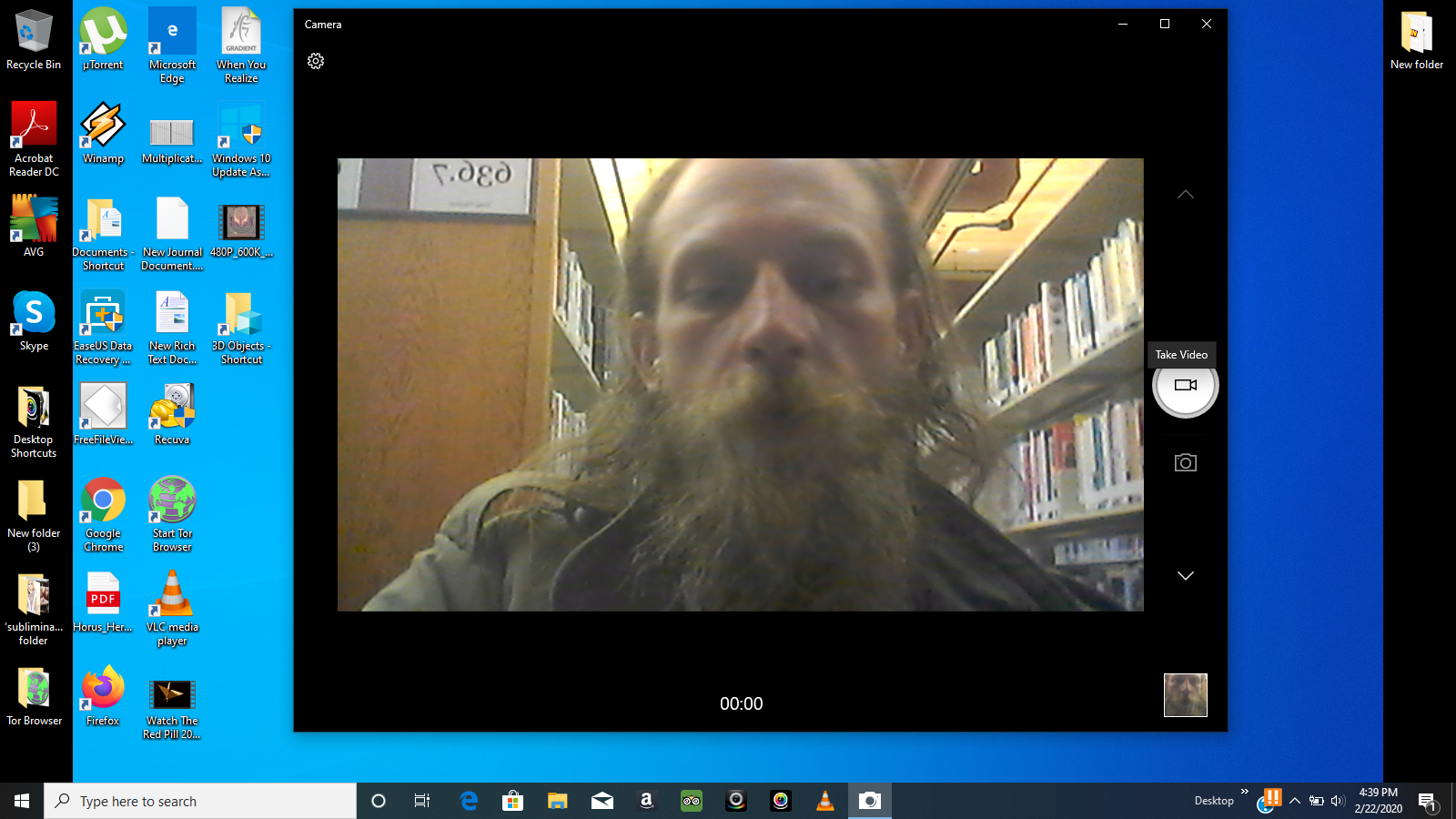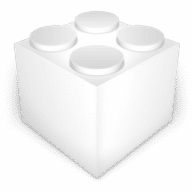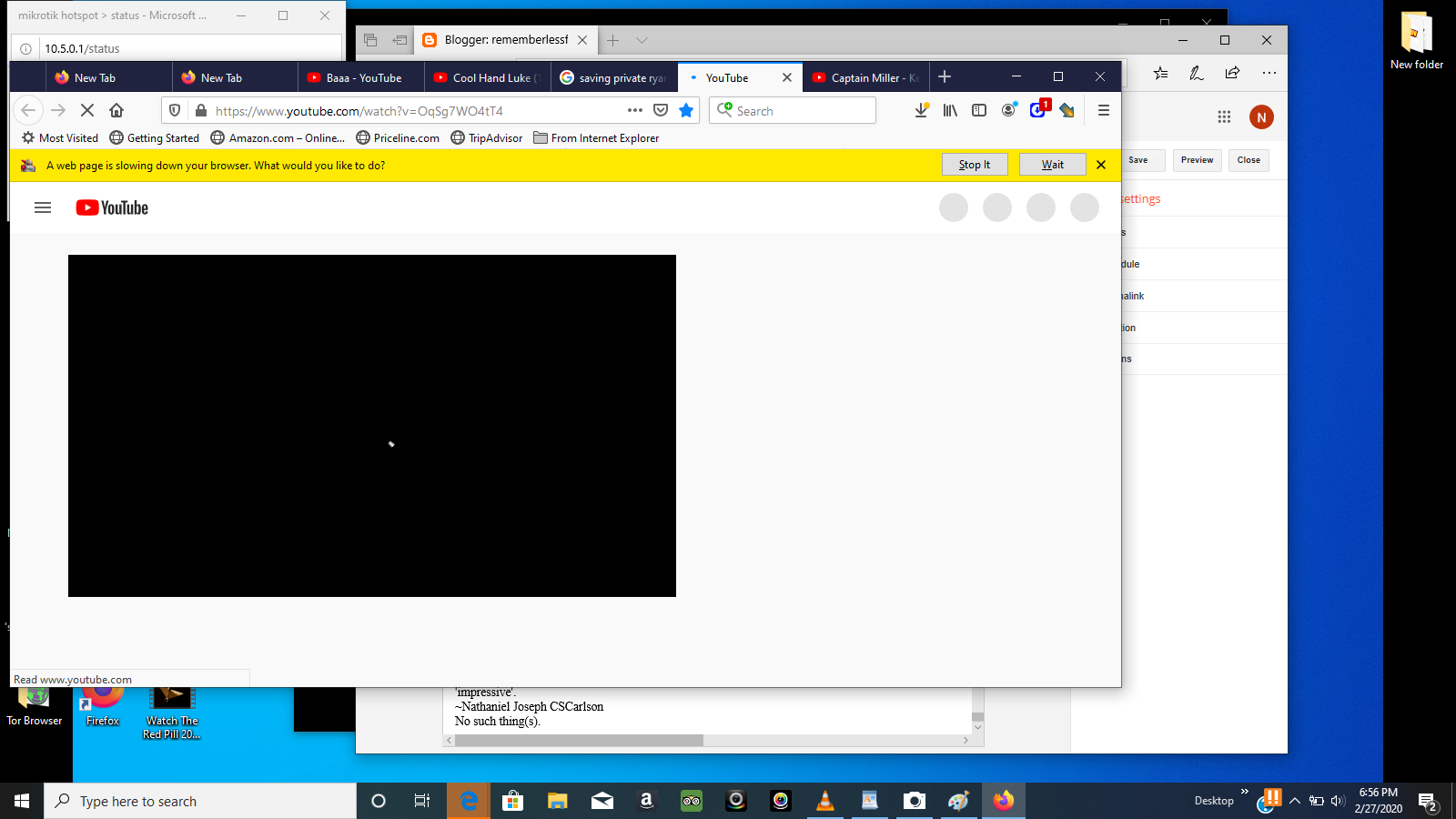Camera Raw 7.1 Download Mac
The 6D is supported by Camera Raw 7.3+ and the 5D Mark III is supported by Camera Raw 7.1+. Photoshop CS6 can be updated to 9.1.1 so download and install 9.1.1. Camera Raw installer for Adobe Photoshop CC and CS6 Camera Raw 9.1.1 is compatible with Mac OS X 10.7–10.12. Adobe Camera RAW for Mac. 74,566 downloads Updated: October 19, 2020 Freeware. Review Free Download. Adobe Camera RAW is part of these download collections: Adobe Photoshop Tweaks, Graphic Plugins, Photoshop Tweaks. Adobe Camera RAW was reviewed by Iulia Ivan. Download and install the Camera Raw plug-in. Note: If you still haven't been able to successfully update the Camera Raw plug-in for currently supported versions of Adobe applications, use the Camera Raw 13.0 installer below. Camera RAW 12 free download is a feature-rich RAW image processing photoshop plugin with support for different cameras. Adobe Camera RAW 12 Overview Adobe Camera RAW 12: Adobe Photoshop is known as the best graphics editing and processing application with a huge bundle of tools along with different plugins support.
The Adobe DNG Converter enables you to easily convert camera-specific raw files from supported cameras to a more universal DNG raw file. Another benefit of using the DNG Converter is backward compatibility.
Note:

Adobe provides backwards compatibility for the latest cameras for use in older versions of Photoshop, Lightroom, Bridge, After Effects, and Photoshop Elements through the DNG Converter.
For conceptual information about raw files and the DNG format, and to understand why you should convert your files to DNG, see the Appendix.
Windows: Adobe DNG Converter
macOS: Adobe DNG Converter
- Open the downloaded file and double-click the DNG Converter executable file.
- Follow the onscreen instructions.
Camera Raw 7.1 Download Mac Operating System

Camera Raw 7.1 Download Mac Download
The DNG Converter is now available in your Programs (Windows) or Applications (macOS) directory. The installation utility is designed to also install a set of color profiles required for the DNG Converter to function properly. These profiles are copied to a common resource location.
- Launch the DNG Converter by double-clicking its icon. Alternatively, drag and drop individual images or a folder of images directly onto the Adobe DNG Converter icon. This action automatically launches the converter.
- Select the folder of images you'd like to convert to DNG.
- Select the location where you want to save the converted DNG files.
- Select a naming pattern for the new DNG files:
Document Name: The existing name of the file is used with the DNG extension added.
Add serial numbers or letters to the name: Advanced patterns; an example of the resulting name appears after Name Example. - Specify the following additional settings for the DNG file names:
Begin numbering: Enter the starting serial number if you'd like it to be different from 1.
File Extension: The file extension is automatically set to DNG. You can choose the extension to be either uppercase or lowercase. - If necessary, change the compatibility preferences.
- Click Convert. A dialog box showing the status of the conversion appears.
To change compatibility preferences, follow these steps:
- In the Preferences section of the DNG Converter dialog box, click Change Preferences.
- Choose one of the following options:
Camera Raw 2.4 and later: The DNG file will be readable by Camera Raw 2.4 (Photoshop CS) and later, and Lightroom 1.0 and later
Camera Raw 4.1 and later: The DNG file will be readable by Camera Raw 4.1 (Photoshop CS3) and later, and Lightroom 1.1 and later. The DNG file will often be readable by earlier versions, depending on the camera model.
Camera Raw 4.6 and later: The DNG file will be readable by Camera Raw 4.6 (Photoshop CS3) and later, and Lightroom 2.1 and later. The DNG file will often be readable by earlier versions, depending on the camera model.
Camera Raw 5.4 and later: The DNG file will be readable by Camera Raw 5.4 (Photoshop CS4) and later, and Lightroom 2.4 and later. The DNG file will often be readable by earlier versions, depending on the camera model.
Camera Raw 6.6 and later: The DNG file will be readable by Camera Raw 6.6 (Photoshop CS5) and later, and Lightroom 3.6 and later. The DNG file will often be readable by earlier versions, depending on the camera model.
Camera Raw 7.1 and later: The DNG file will be readable by Camera Raw 7.1 (Photoshop CS6) and later, and Lightroom 4.1 and later. The DNG file will often be readable by earlier versions, depending on the camera model.
Custom:- Backward Version: DNG 1.1, DNG 1.3, or DNG 1.4 (default 1.4)
- Linear (demosaiced): The image data is stored in an interpolated ('demosaiced') format. This option is useful if a camera's particular mosaic pattern is not supported by a DNG reader. The default mosaic format maximizes the extent of data preserved. Mosaic image data can be converted to linear data, but the reverse is not possible.
- Uncompressed: No compression is applied to the raw image data.
Video | The advantages of the DNG file format
Camera Raw 7.1 Download Mac High Sierra

A raw file contains the 'raw' data captured by the digital camera sensor before it has been converted to JPEG or TIFF formats. Cameras that create JPEG or TIFF files process (and in the case of JPEG files, compress) the sensor data. When working with raw files, the file is not compressed or processed in the camera. Instead, software gives the user complete control over the conversion settings. For example, white balance is not applied to the raw file but is stored with the file so the software can default to the originally-intended setting. Other information contained in a DNG file includes standard EXIF metadata (just like in JPEG files), date, time, camera used, and camera settings.
Raw files offer the following benefits:

- Smaller files than uncompressed TIFF
- Does not have the artifacts of compressed JPEGs
- Many key camera parameters, such as white balance, can be modified even after the image is captured
- You have complete control over conversion settings rather than letting the camera decide
- Access to 16-bit data for greater detail and fidelity
- Flexibility of converting a single file using multiple conversion settings
Digital Negative (DNG) is an openly published raw file specification that stores the 'raw' pixel data captured by the digital camera sensor before it has been converted to JPEG or TIFF formats, along with standard EXIF metadata, date, time, camera used, and camera settings. This format is freely available for other software and hardware vendors to support.
Unlike most manufacturer-specific raw formats, the Digital Negative is an openly published specification that not only is supported by Adobe, but is also freely available for other software and hardware vendors to support. Consequently, it can be a safer file format to use for long-term archival purposes. Archiving your file as a digital negative eliminates worries that the raw file will no longer be readable once the camera format that created it becomes obsolete.
The Digital Negative specification allows for not only all of the pixel information stored in current raw formats, but also for all of the additional, proprietary metadata that many manufacturers include. The Adobe DNG Converter may, in some cases, ignore some of this proprietary metadata, and only include the basic information necessary for creating a high-quality image file. The original raw file, however, can also be embedded in the new DNG format to ensure that proprietary metadata from the manufacturer is not lost.
Adobe has released Camera Raw 7.1 and Lightroom 4.1 with the same raw processing updates for both, and with a corresponding update to DNG Converter, the utility that among other things can bring the latest camera raw support to versions of Photoshop before Photoshop CS6. All are free updates for current licenses of the software.
Camera Raw 9.5 Download
Along with the usual bug fixes and added support for new cameras (including the Canon EOS 5D Mark III and EOS 1D X, Fuji X-Pro1, and Nikon D4/D800/D800E) and new lens correction profiles, there are several new features that you can read about in a post at the official Lightroom Journal.
Probably the biggest new feature is the powerful new set of color fringe correction controls. You’ll find them in the Defringe section of the Color tab under the Lens Corrections tab, and you can learn how to use them in a very informative blog post at the Lightroom Journal.
In the release candidate version of Lightroom 4.1 I had experienced a problem with edges looking jagged when profile corrections were turned on, a problem discussed in the forums. After I installed this final version of Lightroom 4.1, the files with that problem appear to be fixed.
To download the update, go to:
Camera Raw Download

or:
To update Photoshop and Camera Raw directly, start Photoshop and choose Help > Updates.
Camera Raw 7.1 Download Mac 10.13
To update Lightroom, start Lightroom and choose Help > Check for Updates. If you bought Lightroom through the Mac App Store, the update may take a longer to become available there because it has to wait for Apple approval.
